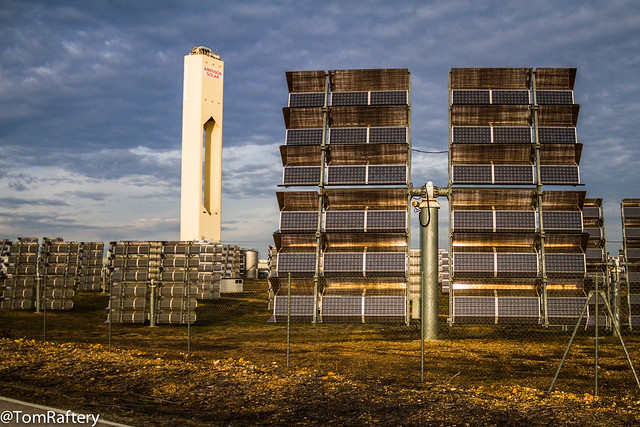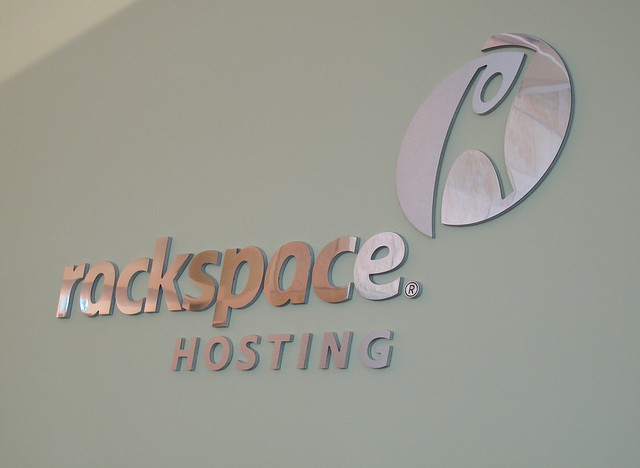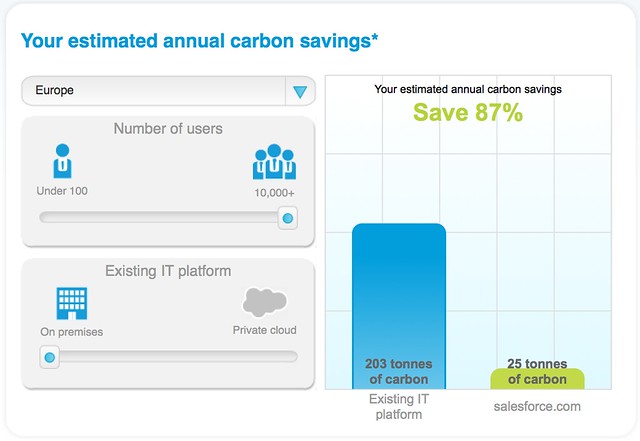Welcome to episode twelve of the Technology for Good hangout. In this week’s show we had two guests Chris Adams, and Kartik Kanakasabesan. Given the week that was in it with the Heartbleed bug, and the Samsung releases, there were plenty of stories around security and Wearables.
Here’s the stories that we discussed in the show:
Climate
- PIOMAS Arctic Sea Ice Volume Anomaly http://psc.apl.washington.edu/wordpress/research/projects/arctic-sea-ice-volume-anomaly/
Energy
- Climate action is ‘only way’ to grow economy – Unilever CEO http://www.rtcc.org/2014/04/08/climate-action-is-only-way-to-grow-economy-unilever-ceo/
- Investment in Renewable energy climbs in 2014 http://phys.org/news/2014-04-renewable-energy-climbs-dip-investments.html
- China world leader in clean energy investment http://www.theclimategroup.org/what-we-do/news-and-blogs/china-is-champion-of-clean-energy-internationally/
- Most Polluting Country is the biggest investor in Cleantech http://www.bloomberg.com/news/2014-04-04/world-s-most-polluting-country-leads-in-clean-energy-investment.html
- Half of power plant capacity additions in 2013 came from natural gas http://www.eia.gov/todayinenergy/detail.cfm?id=15751
- Converting Seawater into Fuel http://www.businessinsider.com/christopher-harress-us-navy-technology-to-turn-seawater-into-fuel-2014-4
Cloud
- IaaS exchange http://searchcloudcomputing.techtarget.com/feature/Revolutionary-IaaS-cloud-computing-exchange-could-clear-the-path-to-multi-cloud
- Cloud computing and supply chain transparency http://greenmonk.net/2014/04/07/cloud-computing-and-supply-chain-transparency/
Wearables
- So I got to try Glass yesterday… https://twitter.com/TomRaftery/status/454377769645142016
- Google Glass embraced at Beth Israel Deaconess http://www.bostonglobe.com/business/2014/04/08/beth-israel-use-google-glass-throughout-emergency-room/WhIXcVzkpn7MOCAhKuRJZL/story.html?s_campaign=sm_tw
- For one day, Google will let anyone in the US buy Glass http://www.theverge.com/2014/4/10/5601464/for-one-day-google-will-let-anyone-in-the-us-buy-glass
- Everything to know about iOS 8 and OS X 10.10 (Roundup + New Details) http://9to5mac.com/2014/04/07/everything-to-know-about-ios-8-and-os-x-10-10-roundup-new-details/
- Samsung Gear Fit Review: The Smartwatch Gets in Shape http://online.wsj.com/news/articles/SB10001424052702304819004579487393809401188?mod=WSJ_TechWSJD_productReviews
- Samsung’s Galaxy S5 smartphone goes on sale today around the world http://www.theverge.com/2014/4/11/5600890/samsungs-galaxy-s5-smartphone-goes-on-sale-today
- Project Ara: Google pieces together the first modular smartphone http://www.theverge.com/2014/4/10/5601968/project-ara-google-pieces-together-the-first-modular-smartphone
Security
- Heartbleed Explanation https://xkcd.com/1354/
- The Heartbleed Hit List: The Passwords You Need to Change Right Now http://mashable.com/2014/04/09/heartbleed-bug-websites-affected/
- LastPass Now Checks If Your Sites Are Affected by Heartbleed http://blog.lastpass.com/2014/04/lastpass-now-checks-if-your-sites-are.html
- Heartbleed: Don’t change your passwords (yet)! http://scn.sap.com/community/security/blog/2014/04/10/heartbleed-dont-change-your-passwords-yet – link suggested by Uwe Fetzer in the comments
- Google steps up Android security with regular malware scans http://www.theverge.com/2014/4/10/5599598/google-enhances-android-security-with-verify-apps
Internet of Things (IoT)
- Bosch to challenge Google with smart household appliances http://www.autoworldnews.com/articles/6930/20140408/bosch-to-challenge-google-with-smart-household-devices.htm
- Trillion sensor networks are only a decade away http://which-50.com/blog/2014/april/11/trillion-sensor-networks-are-only-a-decade-away/
Misc
- Thunderbolt 2 Networking enables 10 Gbps Ethernet connection, supports Macs and PCs http://www.engadget.com/2014/04/07/thunderbolt-2-networking/
- Using Cellulose to create high energy storage capacitors http://phys.org/news/2014-04-trees-high-tech-cellulose-energy-storage.html
- Chinese Company prints parts for ten homes prints them via 3d printing http://phys.org/news/2014-04-chinese-company-ten-houses-day.html
- Walmart Commits To Massive LED Lighting Rollout http://www.forbes.com/sites/heatherclancy/2014/04/09/walmart-commits-to-massive-led-lighting-rollout/
- E-Learning Platform Lynda.com Buys Compilr To Add In-Browser Coding Tools, Price Around $20M http://techcrunch.com/2014/04/07/e-learning-platform-lynda-com-buys-compilr-to-add-in-browser-coding-tools-price-around-20m/
- New From 3M: Boiling Liquid to Cool Your Servers http://www.datacenterknowledge.com/archives/2014/04/09/new-3m-boiling-liquid-cool-servers/








